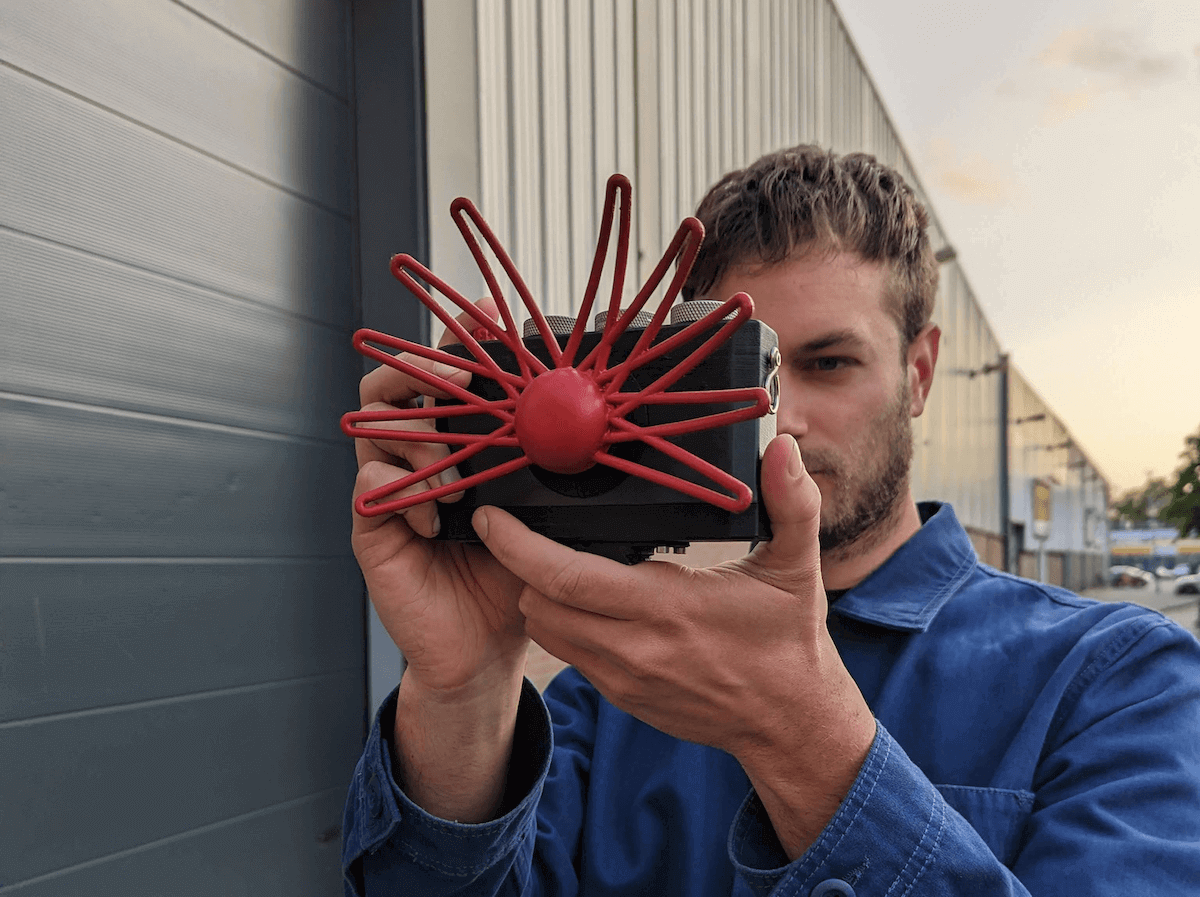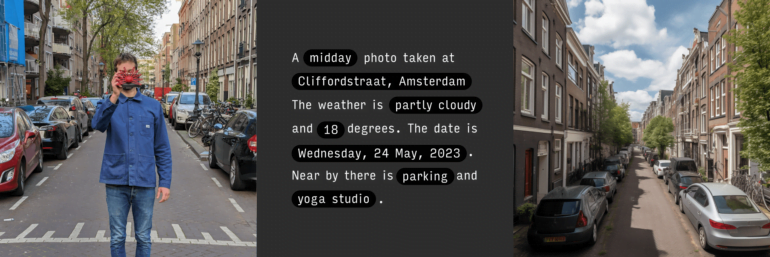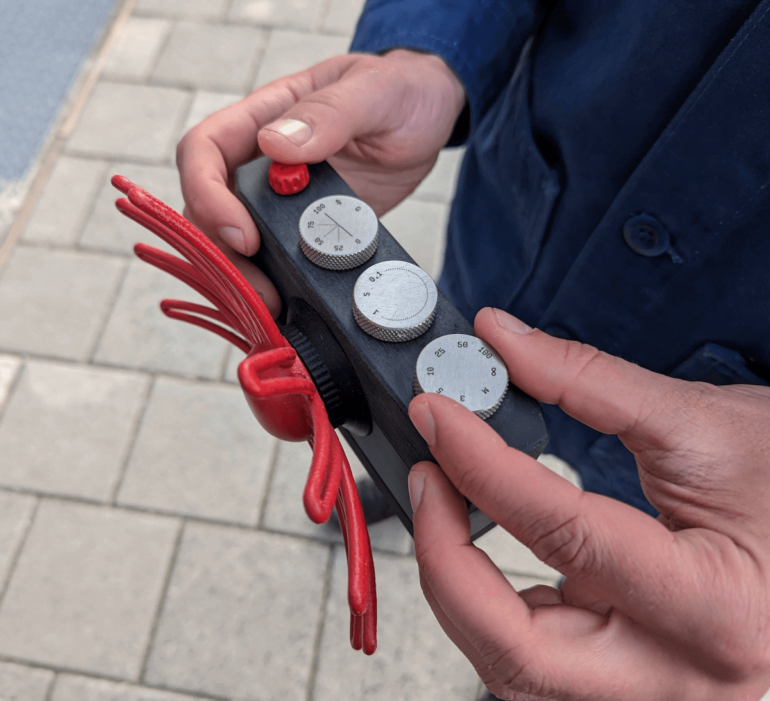Lensless camera visualizes places through AI

Key Points
- Paragraphica is an art project by Bjørn Karmann that combines location data and Stable Diffusion to create unique visual representations of places and moments.
- A prototype camera based on a Raspberry Pi can be used to set the radius in which the camera searches for places of interest.
- The software can also be tried out in a browser.
Paragraphica is an artistic camera that generates AI images based on location - allowing it to capture a place in its own unique way.
A new AI project is currently making the rounds: Paragraphica, a camera that combines location data and Stable Diffusion to create unique representations of places and moments.
Location data feeds prompt for Stable Diffusion
The idea is as simple as it is ingenious: Paragraphica links the camera's location data via the Internet with open APIs to create a detailed description of the current place and moment.
It then feeds this description into Stable Diffusion as a prompt via an API. The resulting "photos" are complex and nuanced representations of the place that reflect how the AI "sees" that place, according to Danish inventor Bjørn Karmann.
Introducing – Paragraphica! 📡📷
A camera that takes photos using location data. It describes the place you are at and then converts it into an AI-generated "photo".See more here: https://t.co/Oh2BZuhRcf
or try to take your own photo here: https://t.co/w9UFjckiF2 pic.twitter.com/23kR2QGzpa— Bjørn Karmann (@BjoernKarmann) May 30, 2023
Starting with location data, Paragrahica queries various interfaces to account for time of day, address, weather, temperature, date, and nearby points of interest. This information is inserted at various points in the base prompt.

But the real work of art is the prototype, which Karmann built using a Raspberry Pi, a 15-inch touchscreen, and 3D-printed components, among other things.
Interestingly the photos do capture some reminiscent moods and emotions from the place but in an uncanny way, as the photos never really look exactly like where I am.
Bjørn Karmann
Visually, Karmann was inspired by the star mole or star-nosed mole. The name refers to the star-shaped organ on the mole's snout. The mole does not need light to perceive its surroundings but scans them with its antennae.
Dials for Radius, Seed and Guidance Scale
But the feelers are just decoration. Other elements affect the result. The first dial is comparable to the focal length of an optical lens, as it determines the radius in meters within which the camera searches for locations and data.

The second dial is the equivalent of film grain, according to Karmann, as it sets the seed between 0.1 and 1 for the diffusion process. The third dial is the equivalent of a camera's focus control, as it sets the guidance scale: the higher the guidance scale, the more closely the AI will follow the prompt. Paragraphica displays the settings and prompt on the screen.
The software can also be tried out in the browser, but the website does not seem to be able to cope with the rush of visitors at the moment.
AI News Without the Hype – Curated by Humans
As a THE DECODER subscriber, you get ad-free reading, our weekly AI newsletter, the exclusive "AI Radar" Frontier Report 6× per year, access to comments, and our complete archive.
Subscribe now